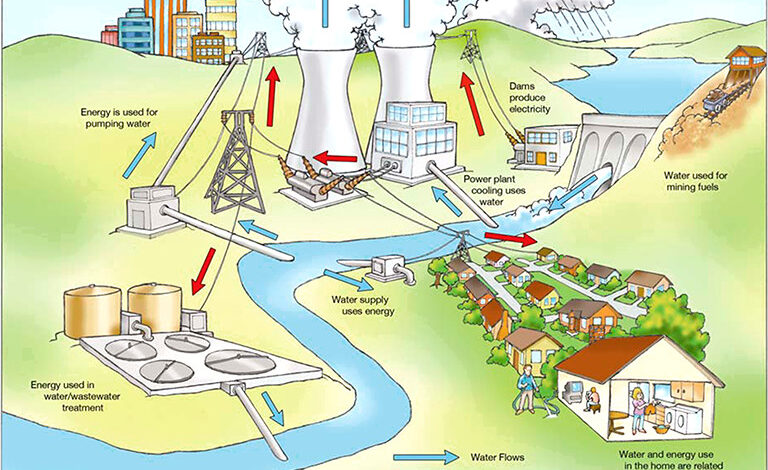Sustainable Fishing: Balancing Economic Needs with Environmental Protection

Fishing is an ancient practice that has been a vital source of food and income for communities all over the world. However, the rapid growth of fishing practices and technologies has led to overfishing, which has put many marine species at risk of extinction. Sustainable fishing is the practice of fishing in a way that maintains the health and productivity of the fish population while minimizing negative impacts on the environment. In this article, we will explore the importance of sustainable fishing, the challenges associated with it, and some strategies for achieving a balance between economic needs and environmental protection.
Importance of Sustainable Fishing
Conservation of Marine Species
Sustainable fishing is essential for the conservation of marine species. Overfishing has led to a decline in fish populations, which threatens the survival of many species. By implementing sustainable fishing practices, we can ensure that fish populations remain healthy and productive, allowing for the continued existence of marine species.
Economic Benefits
Sustainable fishing practices can also provide economic benefits. Fishing is a significant source of income for many communities, and sustainable fishing practices can ensure that these communities continue to rely on fishing as a source of income. By using sustainable practices, we can also avoid the economic losses that result from overfishing, such as the collapse of fish stocks and the loss of jobs and income.
Challenges of Sustainable Fishing
Overfishing
Overfishing is one of the most significant challenges associated with sustainable fishing. Many fish populations have been depleted to the point of collapse due to overfishing. Overfishing can occur when fishing practices are unsustainable, such as using large-scale commercial fishing techniques that do not allow fish populations to recover.
Illegal Fishing
Illegal fishing is another significant challenge to sustainable fishing. Illegal fishing can occur when fishers fish in restricted areas or use prohibited fishing techniques. Illegal fishing can also result in the overexploitation of fish populations and the depletion of marine ecosystems.
Strategies for Achieving Sustainable Fishing
Implementing Fishing Regulations
Fishing regulations are one of the most effective strategies for achieving sustainable fishing. Regulations can include setting fishing quotas, size limits, and gear restrictions. By implementing fishing regulations, we can ensure that fish populations remain healthy and productive, and fishers can continue to rely on fishing as a source of income.
Developing Alternative Fishing Practices
Developing alternative fishing practices can also help achieve sustainable fishing. Alternative fishing practices can include using more sustainable fishing gear, such as traps or hooks and lines, that minimize the negative impact on marine ecosystems. Developing alternative practices can also help reduce bycatch, which is the unintentional capture of non-target species.
While there are many challenges associated with achieving sustainable fishing, it is important to recognize the long-term benefits that come with sustainable fishing practices. These benefits include healthy fish populations, thriving marine ecosystems, and sustainable economic opportunities for communities. It is up to all of us to take responsibility for the impact of our fishing practices and work together to achieve a more sustainable future.
In order to achieve sustainable fishing, it is important to implement policies and regulations that protect fish populations and their habitats. For example, establishing marine protected areas, setting catch limits, and enforcing regulations on fishing gear can all help to ensure that fish populations remain healthy and abundant.
One key aspect of sustainable fishing is the practice of responsible fish farming. Aquaculture has become an increasingly popular way to meet the growing demand for fish while also reducing pressure on wild fish populations. However, irresponsible aquaculture practices can cause pollution, disease outbreaks, and other environmental problems. Sustainable fish farming involves implementing practices that minimize negative impacts on the environment and surrounding communities.
Another important factor in achieving sustainable fishing is consumer awareness and education. Consumers can make a difference by choosing to purchase seafood that has been sustainably harvested or farmed. This can involve looking for labels such as the Marine Stewardship Council (MSC) or the Aquaculture Stewardship Council (ASC) certification, which indicate that the seafood has been sustainably produced.
In addition to making informed choices as consumers, individuals can also support sustainable fishing by advocating for policies and regulations that promote sustainability. This can involve contacting elected officials, joining environmental organizations, or participating in community events and initiatives that promote sustainable fishing practices.



